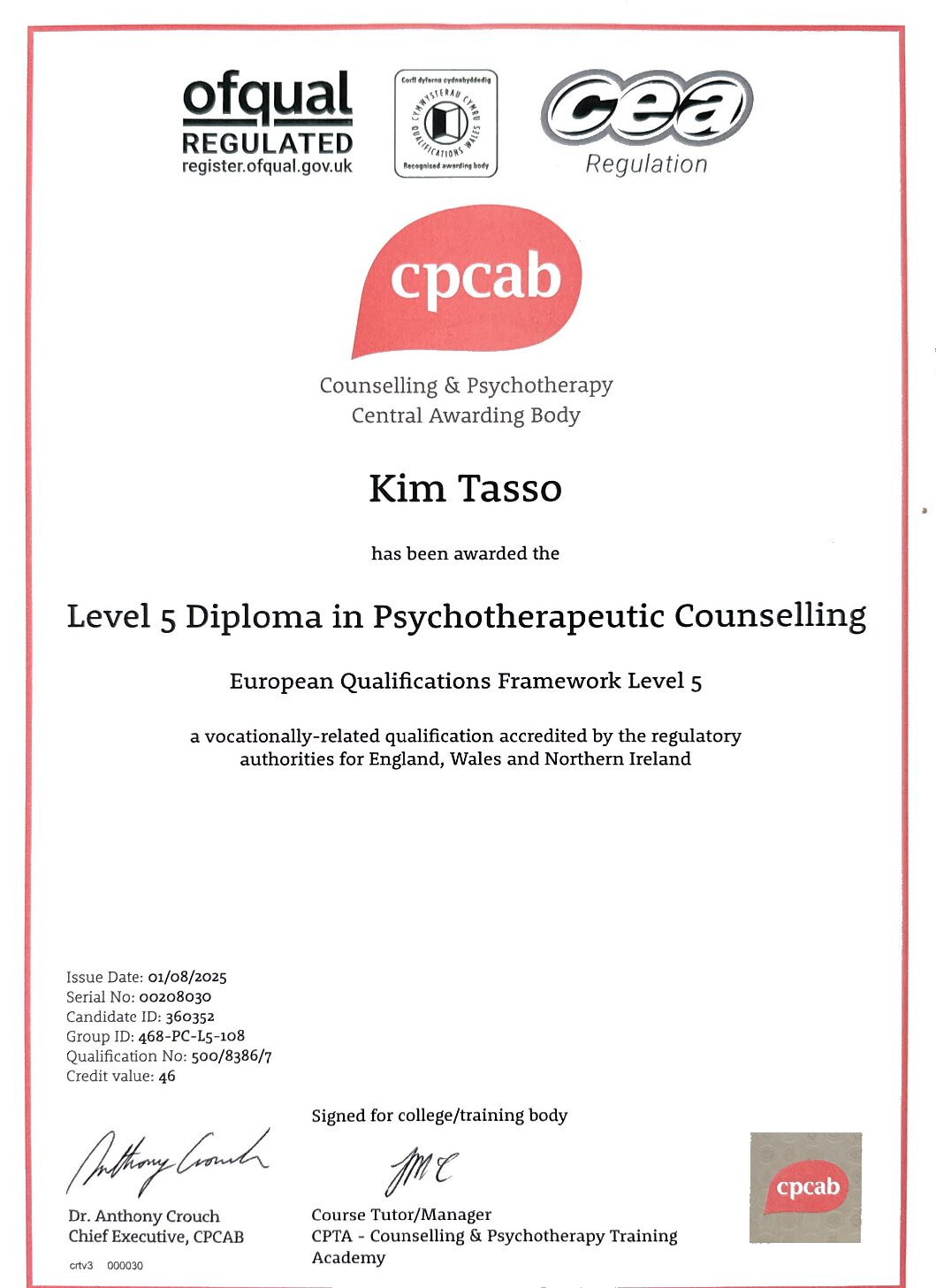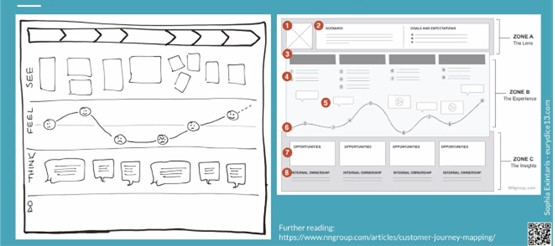
Every couple of years I attend a training session on Search Engine Optimisation (SEO) to ensure that my knowledge remains up to date. This month I attended a SEO course for journalists organised by and led by my old friend Adam Tinworth (Twitter @adders and blog at https://www.onemanandhisblog.com/ ). So here is a summary on Search Engine Optimisation SEO An update.
Background to Search Engine Optimisation (SEO)
Adam provided a comprehensive background to how Google became the leading search engine.
He explained that whereas other search engines focused on keyword density, Google developed a way to rank pages on quality and meaning – adopting the academic citations model to consider the number of inbound links. It has adapted over time to recognise the value of social media shares and the shift to mobile. Google has returned to being the number one source of traffic since Facebook recently changed.
Major changes to Google algorithm (Search Engine Optimisation – An Update)
Adam talked us through the history of major changes to the Google search engine algorithm.
Panda was considered a content management update. It addressed sites that captured search traffic and then farmed leads to sell to third parties. The key points about Panda – and the implications for SEO strategy:
- Preference for long form content
- Well written content
- History – the more you have written on a subject, the more likely you will have high domain authority (I was also reminded that people receive different search results depending on their search history as Google personalises)
- Well-structured pages
Penguin was presented as an anti-overoptimisation update. The algorithm was adapted to understand more about a page from its neighbourhood – the nature of both inbound and outbound links. The need to avoid linking to dead end sites was stressed. There was also guidance about advertorial or sponsored sites – with advice that is was OK to sell traffic to users but not search engine ranking by implied site endorsement (so use HTML nofollow on outbound links)
The biggest ever algorithm, change was within Hummingbird. One of the two major changes was that sites did not appear on mobile searches if they weren’t mobile responsive. Adam noted that whereas historically Google operated both main and mobile indices, it was likely to focus in the future only on mobile. The other major change was that as social media was taking the lead in search the social reputation of people sharing content was taken into account rather than the number of shares. Google is now focusing more on answering questions and solving problems.
What I found interesting here was the suggestion that whilst 40% of search was on rational and intellectual basis, 60% was on emotional content. The need to have important words at the start of a headline was recognised. Rank brain uses machine learning (artificial intelligence) to try to extract the meaning of search terms.
Practical suggestions for Search Engine Optimisation (SEO)
I found the Periodic table of SEO success factors to be particularly useful and Adam talked us through each of the positive and negative factors (https://searchengineland.com/seotable). Included in the advice was:
- Check you have included key ideas in the URL, at the start of page headlines, in the first paragraph, sub-headings and image filenames
- Headlines should have both clarity (what’s included) and curiosity (what question does it answer) but avoid clickbait
- Use some metadata fields – metatitle and metadescription
- Avoid key word repetition
- Use long form content (a minimum of 500 words)
- Include good quality links out of your content (and use relevant anchor text rather than “click here”)
- Use a sitemap (a file at the root of the domain)
- Check the speed of the site https://developers.google.com/speed/pagespeed/insights/
- Have security encryption (https)
- Update pages regularly so that they remain fresh
Later in the session, there was some discussion about the difference in optimising for the main Google index and the news index and how to keep content evergreen. I was particularly interested in using Google Trends to identify the most frequently used search terms and the insights on AMP (Accelerated Mobile Pages).
I was pleased to confirm that many of the ideas reported in my previous blogs is still relevant. It was reassuring that those using Content Management Systems (CMS) such as WordPress (with Yoast plug-ins) guide you through most of the highlighted points. Adam stressed that SEO should only be part of your digital strategy which fits with my way of thinking. It’s a great course and would be suitable for anyone who wants a comprehensive introduction to SEO and practical tips on how to optimise their content.
Other sources of information on Search Engine Optimisation (SEO)
A previous blog on SEO (October 2011)
Blog on law firm web site research (including SEO rankings) (October 2016)
Books on digital marketing:
http://kimtasso.com/book-review-valuable-content-marketing-by-sonja-jefferson-and-sharon-tanton/
http://kimtasso.com/inbound-marketing-getting-found-using-google-social-media-and-blogs/









